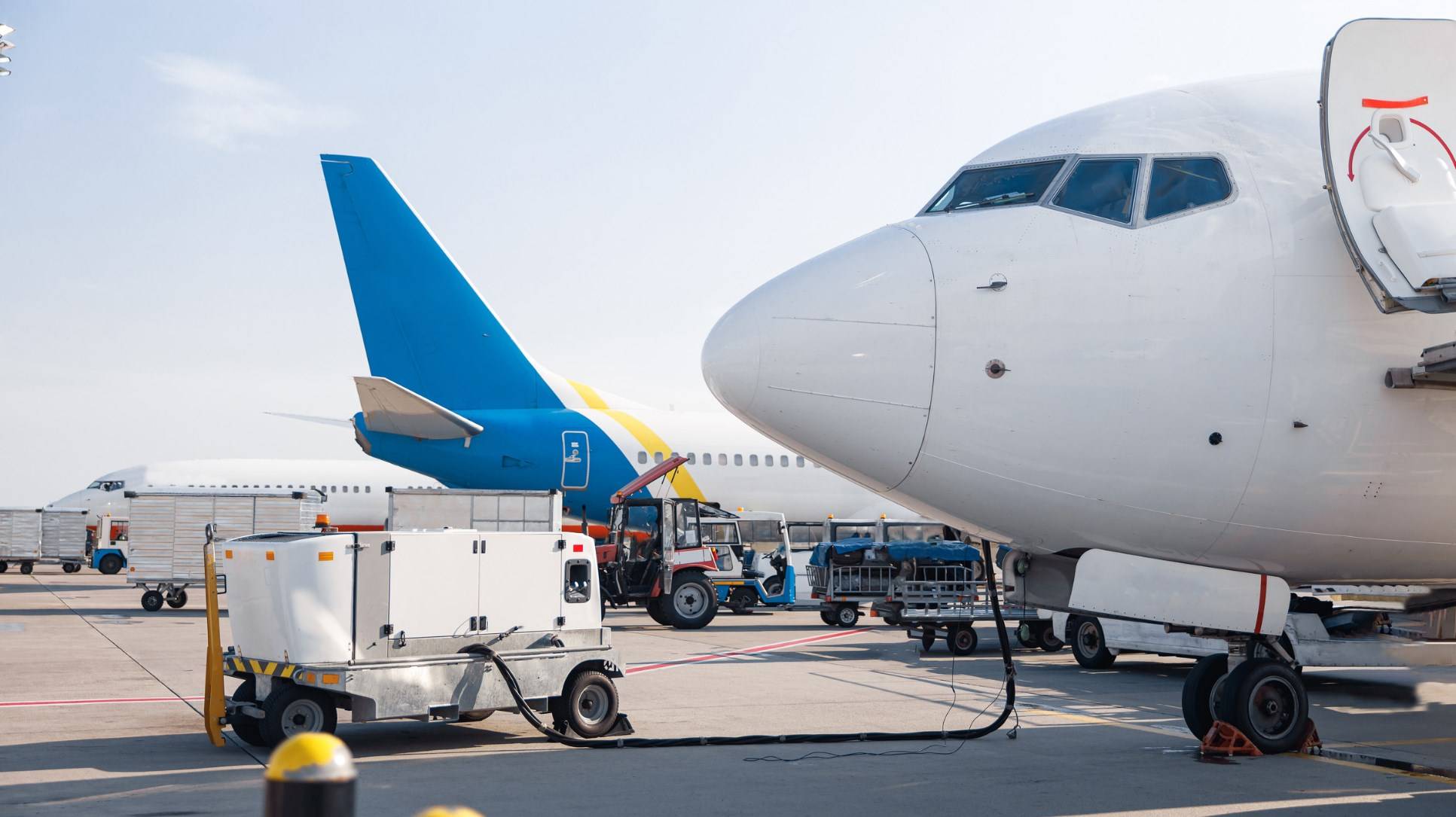Transporting lithium-ion batteries by air requires strict adherence to regulations to ensure safety and compliance. These guidelines help prevent accidents, such as fires or explosions, that can occur due to improper handling. This article outlines essential regulations, packaging requirements, and safety measures for safely transporting lithium-ion batteries on planes.
What are the regulations for transporting lithium batteries by air?
Lithium-ion batteries are classified as dangerous goods and must comply with specific regulations set forth by organizations like the International Air Transport Association (IATA) and the International Civil Aviation Organization (ICAO). Key regulations include:
- State of Charge: Batteries must be shipped at a state of charge (SoC) not exceeding 30% of their rated capacity.
- Packaging Requirements: Batteries must be packaged according to specific packing instructions (PI965 for lithium-ion and PI968 for lithium metal).
- Labeling: Packages containing lithium batteries must display appropriate hazard labels.
| Regulation | Description |
|---|---|
| State of Charge | Maximum 30% of rated capacity |
| Packaging | Must follow PI965 or PI968 guidelines |
| Labeling | Requires specific hazard labels |
How should lithium batteries be packaged for air transport?
Proper packaging is crucial to prevent damage during transport. Guidelines include:
- Individual Packaging: Each battery should be packed in a strong outer packaging that prevents short circuits.
- Separation: Batteries should be separated from other cargo to minimize risks.
- Protection Against Damage: Use cushioning materials to protect terminals and prevent movement within the package.
| Packaging Requirement | Description |
|---|---|
| Individual Packaging | Each battery in its own box |
| Separation | Keep separate from other cargo |
| Damage Protection | Use cushioning materials |
What are the safety measures for shipping lithium batteries?
Safety measures include:
- Training: Personnel involved in shipping must receive training on handling hazardous materials.
- Emergency Procedures: Establish clear procedures in case of incidents during transport.
- Regular Inspections: Conduct routine checks on packaging and labeling before shipment.
What types of lithium batteries are regulated?
The two main types of regulated lithium batteries include:
- Lithium-Ion Batteries (UN3480): Rechargeable cells commonly used in consumer electronics.
- Lithium Metal Batteries (UN3090): Non-rechargeable cells typically used in devices like cameras and watches.
| Battery Type | UN Number | Characteristics |
|---|---|---|
| Lithium-Ion | UN3480 | Rechargeable, used in electronics |
| Lithium Metal | UN3090 | Non-rechargeable, used in small devices |
How do packing instructions differ for lithium-ion and lithium metal batteries?
Packing instructions vary based on battery type:
- Lithium-Ion Batteries (PI965): Must be packed with protective measures against short circuits; cannot exceed certain weight limits.
- Lithium Metal Batteries (PI968): Similar requirements but have stricter limitations regarding quantity per package.
| Packing Instruction | Battery Type | Key Requirements |
|---|---|---|
| PI965 | Lithium-Ion | Must not exceed weight limits |
| PI968 | Lithium Metal | Stricter quantity limitations |
What documentation is required for shipping lithium batteries?
Documentation typically includes:
- Declaration of Dangerous Goods: A form indicating that the shipment contains hazardous materials.
- Safety Data Sheets (SDS): Detailed information about the properties and handling precautions of the battery type being shipped.
- Test Summary: Proof that the battery has passed UN 38.3 testing requirements.
What are the key considerations for shipping lithium batteries?
Key considerations include:
- Compliance with Regulations: Ensure all aspects of packaging, labeling, and documentation meet regulatory standards.
- Choosing Appropriate Carriers: Select carriers experienced in handling hazardous materials.
- Understanding Destination Regulations: Be aware of any additional restrictions or requirements at the destination.
How can shippers ensure compliance with transportation regulations?
Shippers can ensure compliance by:
- Staying Informed: Regularly update knowledge on current regulations from IATA and other authorities.
- Implementing Training Programs: Provide ongoing education to staff about safe handling and shipping practices.
- Conducting Audits: Perform regular audits to ensure adherence to all safety protocols and regulatory requirements.
Buy Wholesale Battery Tips
For those considering wholesale purchases of batteries or related products, partnering with a reliable manufacturer like Redway Battery, known for its extensive experience in lithium battery production, is crucial. To make OEM orders effectively:
- Define your specifications clearly.
- Communicate regularly with the manufacturer throughout the process.
- Ensure compliance with safety standards.
Industrial News
Recent updates highlight increasing scrutiny on the transportation of hazardous materials, including lithium-ion batteries, as incidents related to battery fires have raised safety concerns globally. Regulatory bodies are emphasizing stricter adherence to packaging and labeling requirements to mitigate risks during transport.
Redway Expert Views
“Ensuring safe transport of lithium-ion batteries is critical not only for compliance but also for protecting lives and property,” states an expert from Redway Battery.
FAQ Section
- What is the maximum state of charge allowed when shipping lithium-ion batteries?
Lithium-ion batteries must be shipped at a state of charge not exceeding 30% of their rated capacity. - Can I ship damaged or recalled lithium batteries?
Damaged or recalled batteries are generally prohibited from air transport due to safety risks. - What happens if I don’t comply with shipping regulations?
Non-compliance can result in fines, shipment delays, or rejection at customs.



